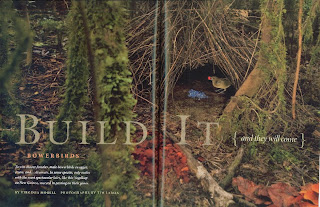In the dead of winter
north of here I lived
in the ribcage of a dead
cow. My body rolling
in its body was a Russian toy.
It’s ribs, rounded
as a loving arm,
made those months
a hot, sad surrender.
Those months
were an empty tin.
In that wet trap I learned what this body means—
its dry, dusty mouth, stiff limbs, curved
spine as a shell—I learned what this body is worth,
and that isn’t much.
The old cow though
could have had a future
in its death, something other
than a holding structure
for this animal.
I could have passed
easily without much
notice but the cow made me
accustomed to this city’s humidity.
*
So I brought you here in the months
before your birth. In the dead
of winter, you rolled around
in the ribcage of a dead cow.
---marlo barrera; july 2010















